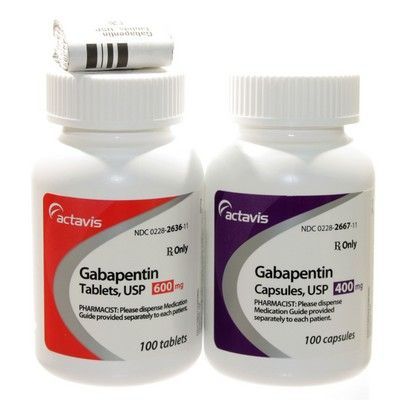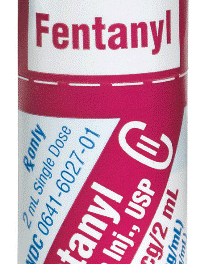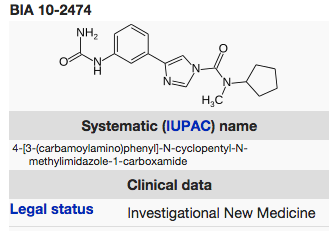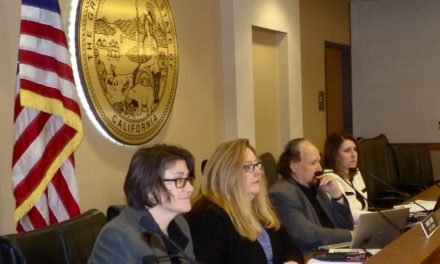Choose your headline to publicize the news contained in Gabapentinoid Use in the United States 2002 Through 2015, a research letter from Dr. Michael E. Johansen published in JAMA Internal Medicine January 2.
• “Neurontin, Lyrica Prescriptions Soar”
• “Neurontin, Lyrica Use Soars”
• “Neurontin, Lyrica Sales Soar”
• “Pfizer Making Billions on Gabapentinoids.”
They’re all accurate. Lyrica won FDA approval to treat diabetic nerve pain, fibromyalgia, post-herpetic neuralgia caused by shingles and spinal cord injuries. Neurontin was approved to treat epilepsy and post-herpetic neuralgia. Obviously, it’s the off-label uses that have turned these drugs into blockbusters.
Here is Johansen’s “Discussion:”
The use of gabapentinoids more than tripled between 2002 and 2015. A proportion of the increase was from the intro-duction of pregabalin, but more recently the increase has been from gabapentin. Importantly, the use of medications from the class was not evenly distributed through the population but con-centrated among individuals who were older with numerous co-morbidities and/or had numerous opioid prescriptions and/or had a benzodiazepine prescription.
The study had many limitations. Notably, medication use is self-reported and short-term medications, such as opioids, are likely underreported. Gabapentinoid expenditures could not be accurately reported due to high rebate levels for types of branded gabapentin.
The combination of a dearth of long-term safety data, small effect sizes, concern for increased risk of overdose in combination with opioid use, and high rates of off-label prescribing, which are associated with high rates of adverse effects, raises concern about the levels of gabapentinoid use. While individual clinical scenarios can be challenging, caution should be advised in the use ofgabapentinoids,particularly for those individuals who are long-term opioid users, given the lack of proven long-term efficacy and the known and unknown risks of gabapentinoid use.






